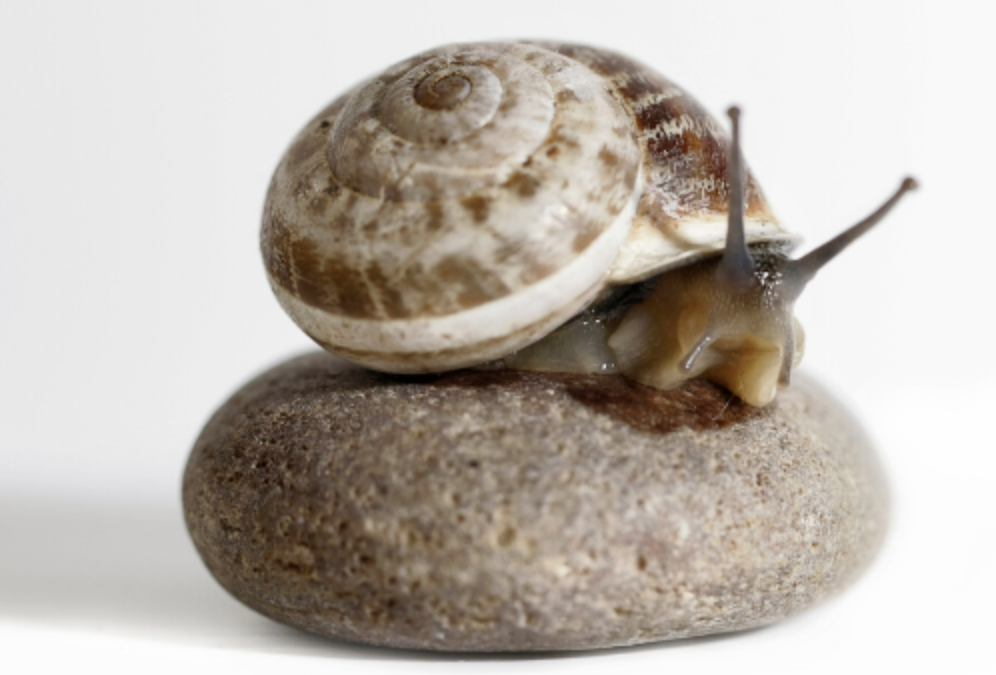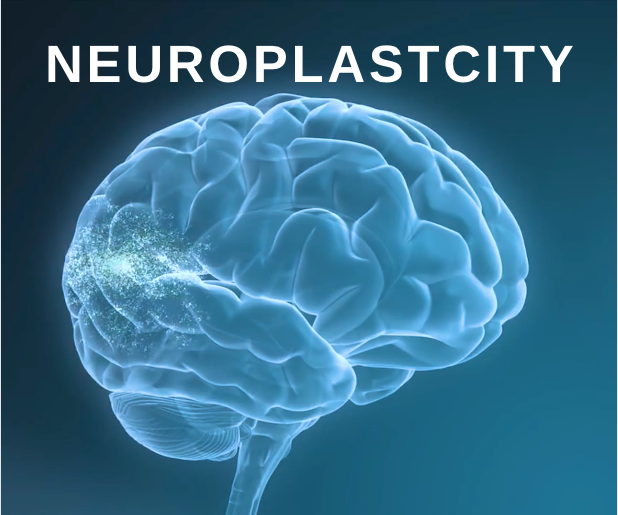
by ldegarci | Apr 18, 2024 | Brain development
To watch my YouTube version of this, click here: https://www.youtube.com/watch?v=ZoKa4csQxns The brain’s main job is to keep us safe. If that is so, then what is the safety feature of being in a state of fight or flight? That is what we will be looking at today....

by ldegarci | Dec 22, 2023 | Brain development
One of the things that integration of primitive reflexes and a mature brainstem does is to help develop muscle tone and postural stability. Not only is muscle tone and postural stability very important in order to develop eye stability and ocular reflexes, but it is...

by ldegarci | Jun 27, 2023 | Brain development
The brain is not designed for continuous learning, but needs some down time to process and “digest” what it is trying to learn. Throughout the day, our brain has natural lows and highs. Each cycle lasts approximately 90-110 minutes, and constant focused attention...

by ldegarci | Jun 20, 2023 | Brain development, Educational System
“Learning is easier to store, remember, and retrieve if it has an emotional base,” (Oberparleiter, 2004, in Lengel, & Kuczala, 2010, p. 19 ). Students who feel safe and respected are more highly motivated to learn and are more likely to be intrinsic learning. ...

by ldegarci | May 30, 2023 | Brain development
In the last couple of decades, mostly from the work of Michael Merzenich, neuroresearchers have begun to understand that the brain is not rigid, rather is plastic and capable of change until the day we die. In fact, back in 1949, Donald Hebb was the first to propose...

by ldegarci | Jan 5, 2023 | Brain development, Nutrition, Recovery
Neuro-inflammation is inflammation of the nervous tissue, and is associated with a wide variety of psychological symptoms such as ASD, ADHD, schizophrenia, and epilepsy. Neuro-inflammation is a defense mechanism that initially protects the brain by removing or...








Recent Comments